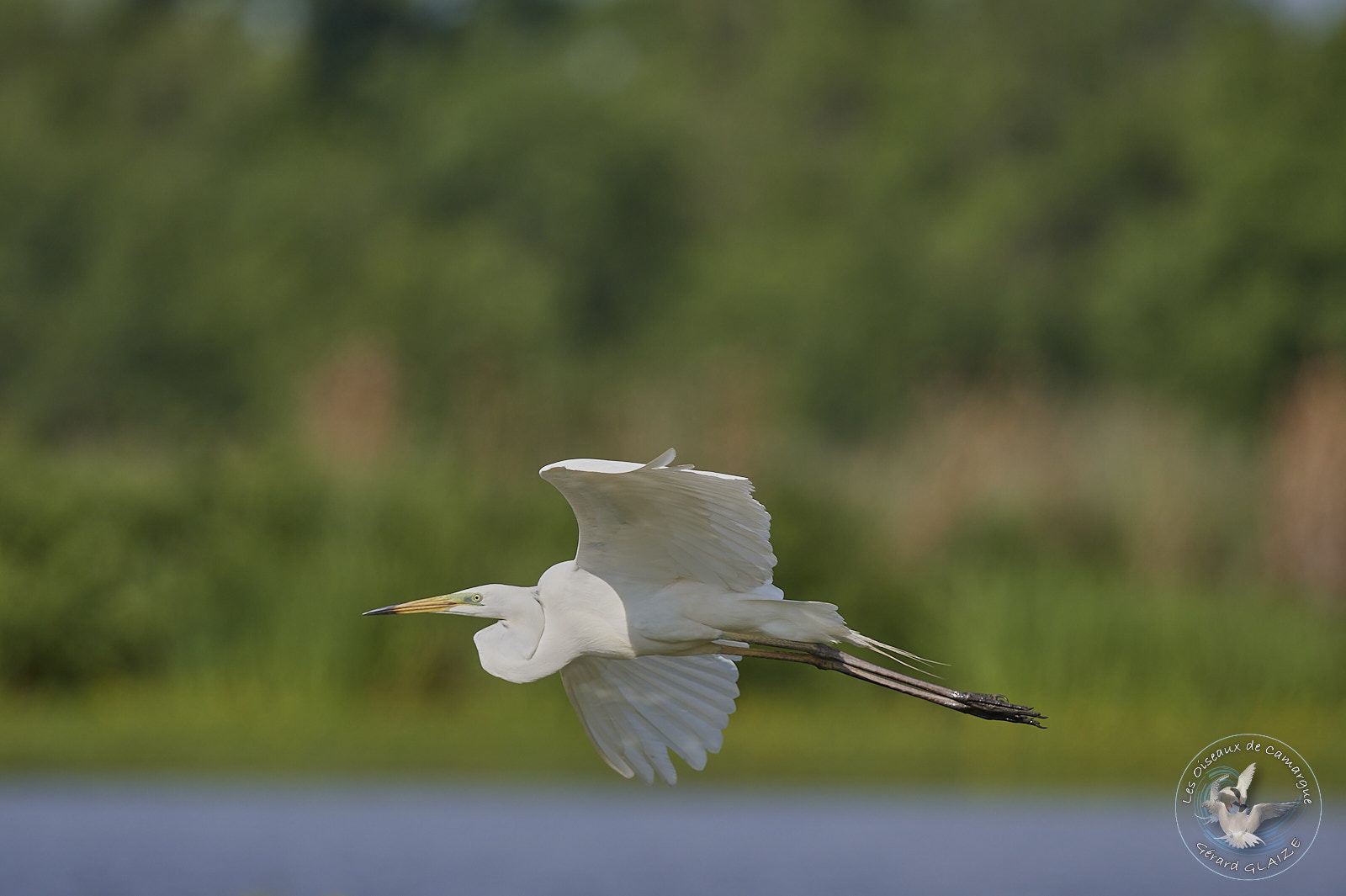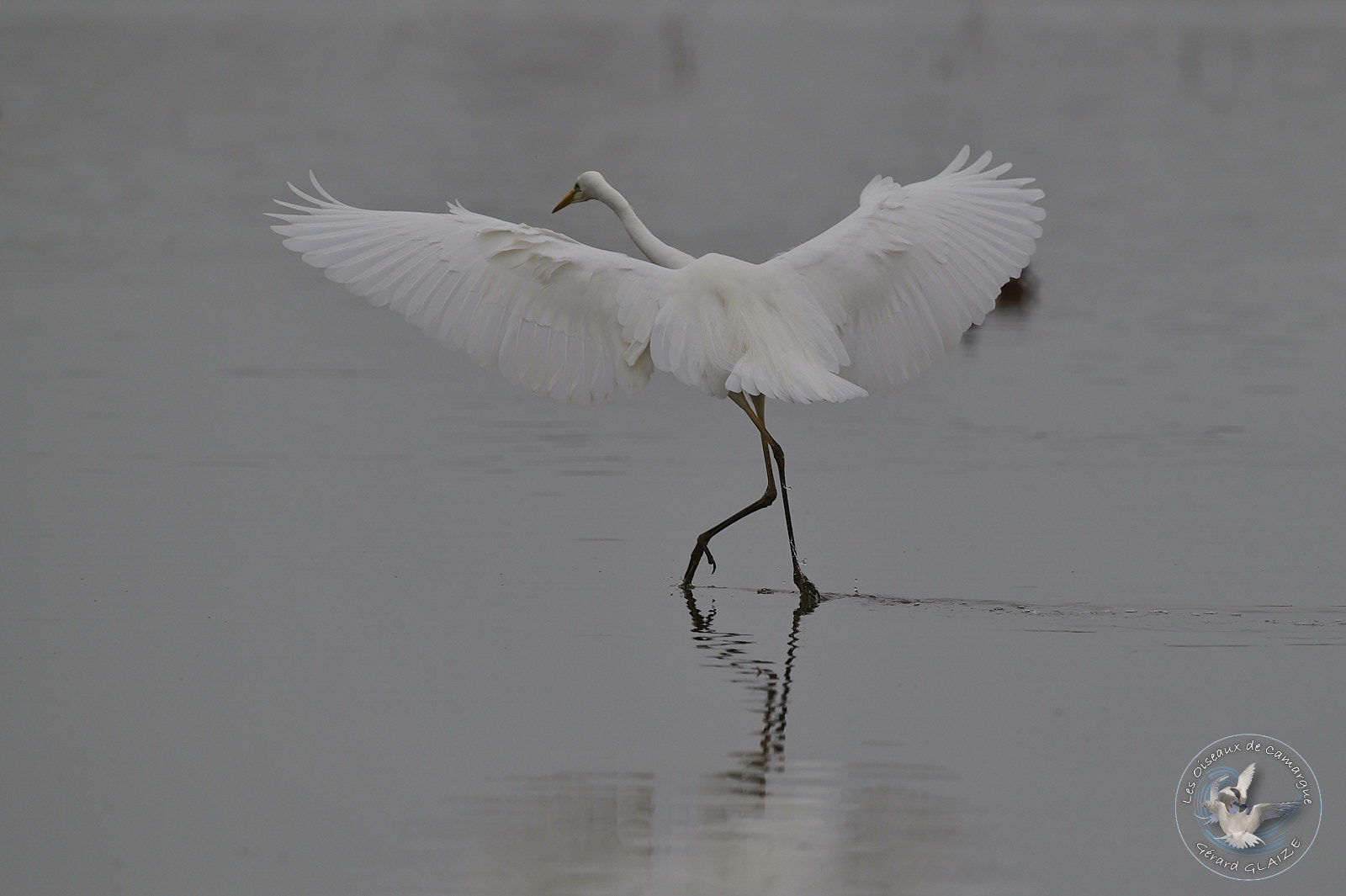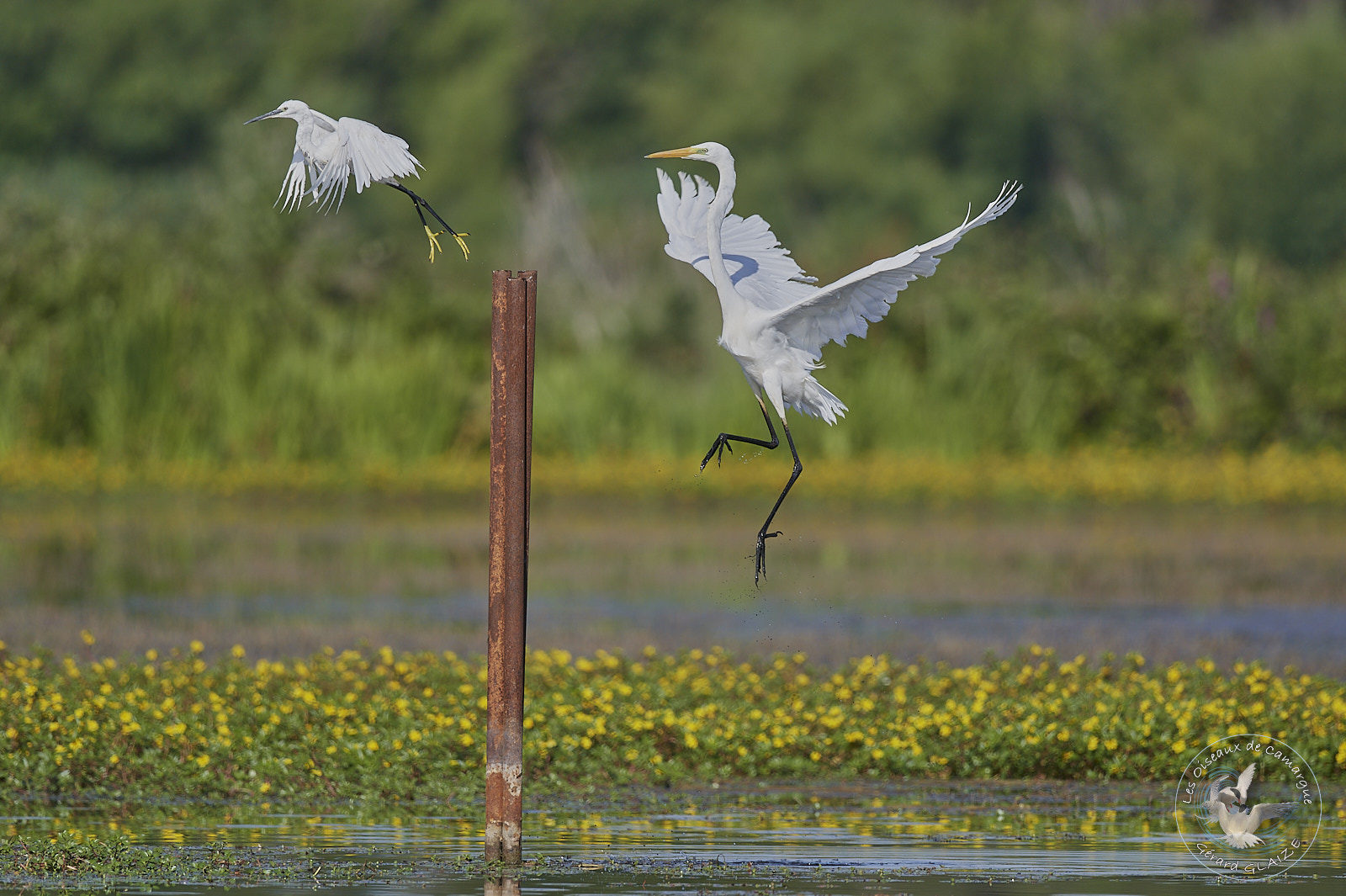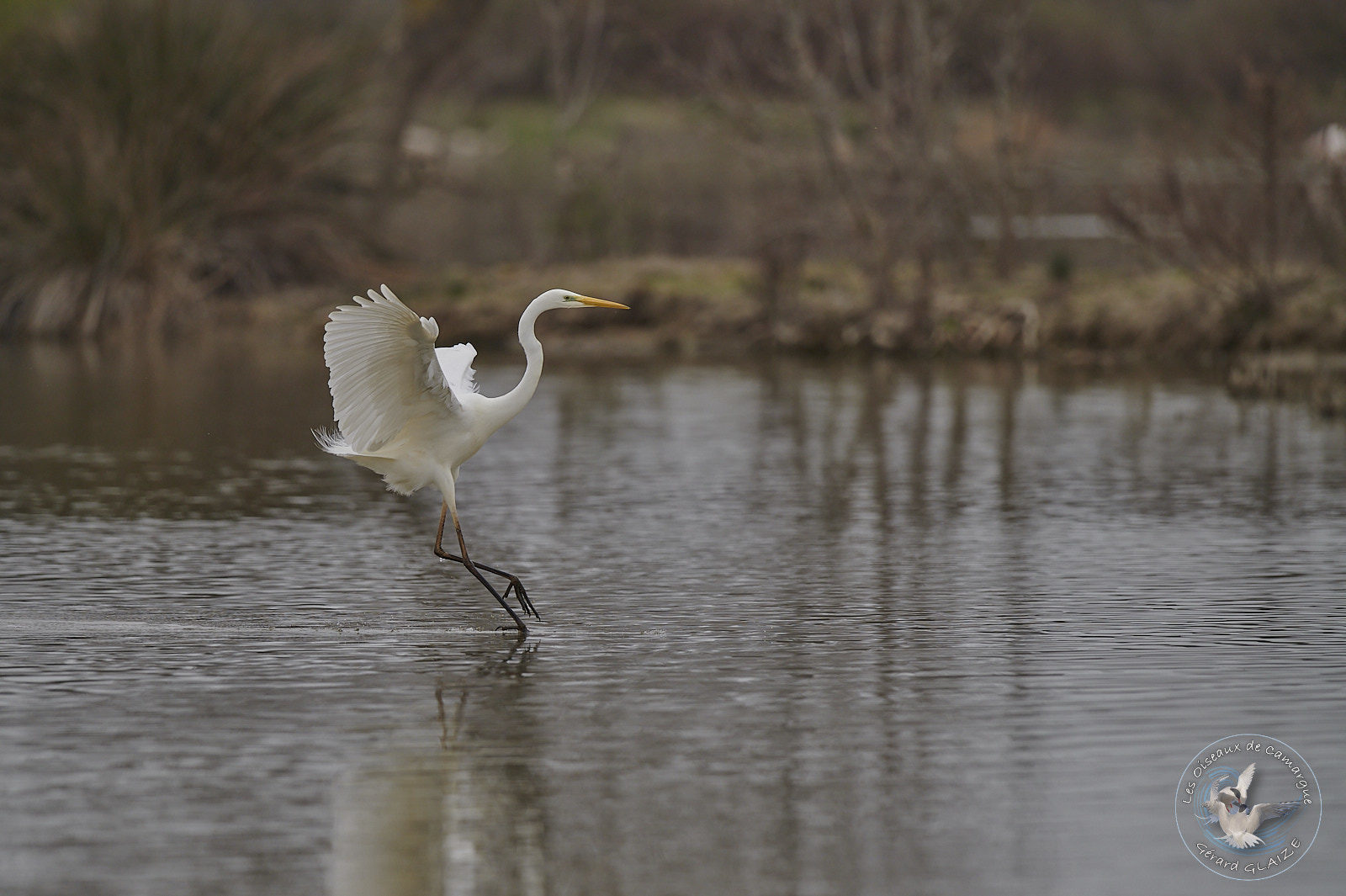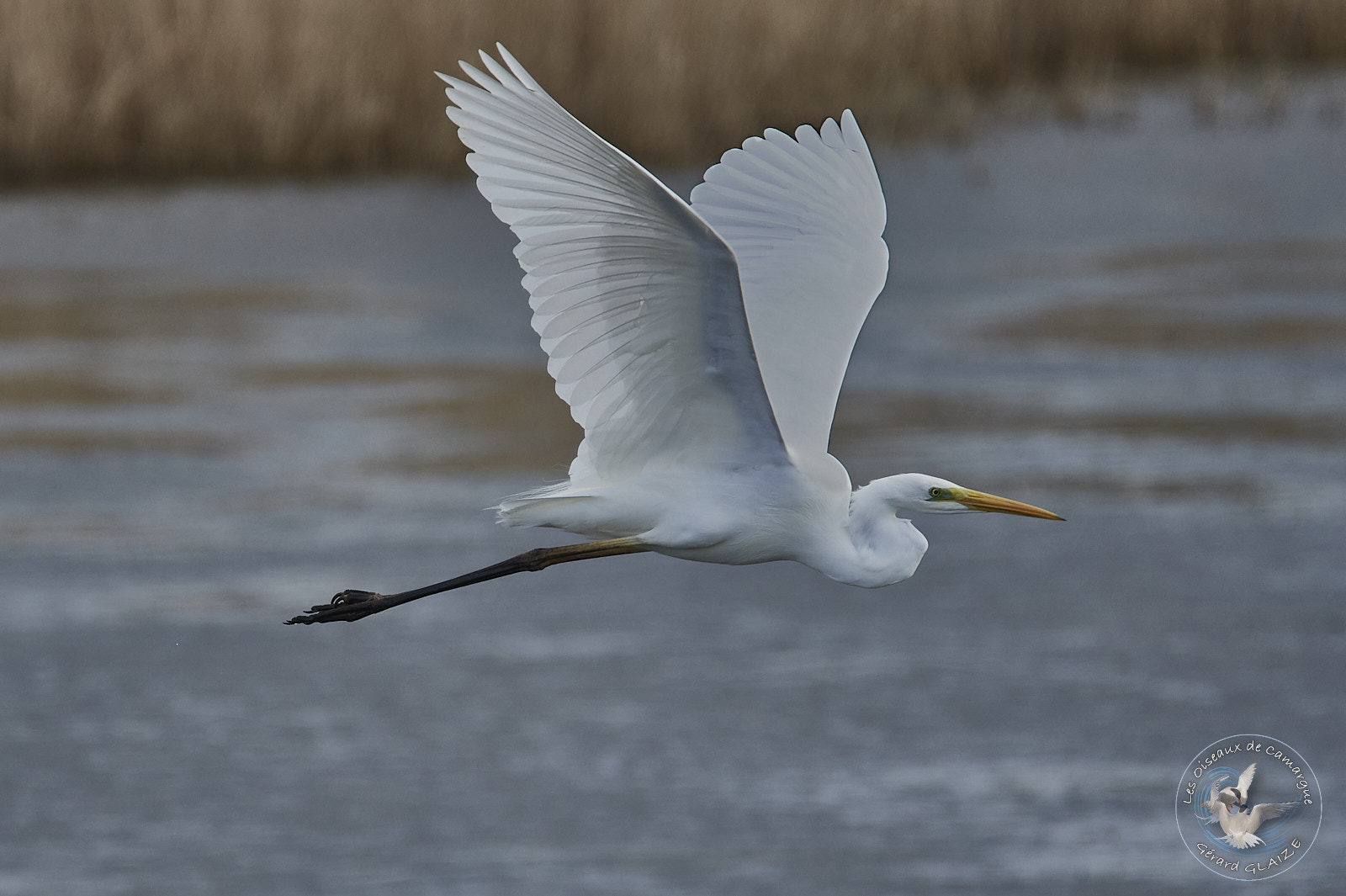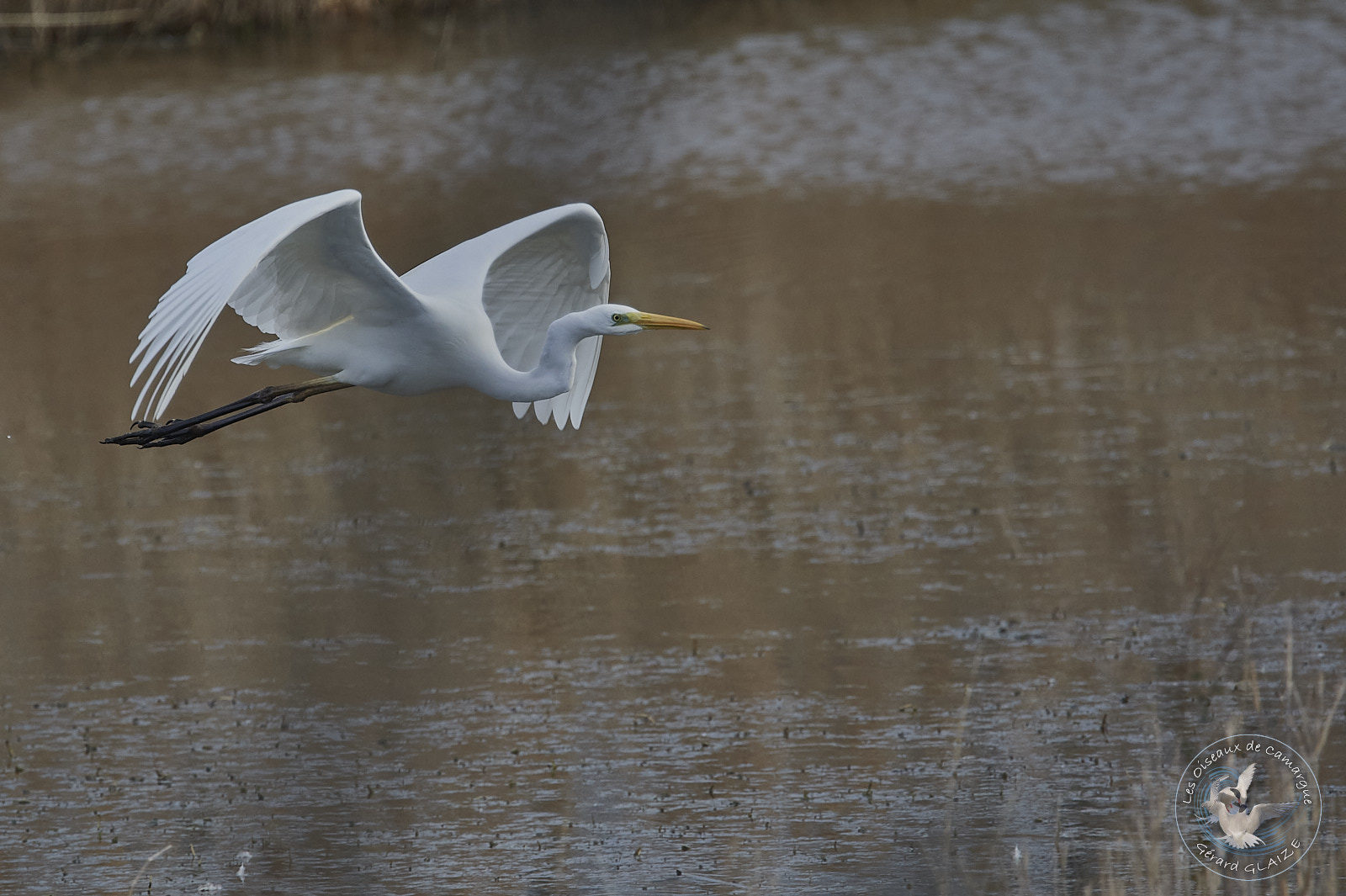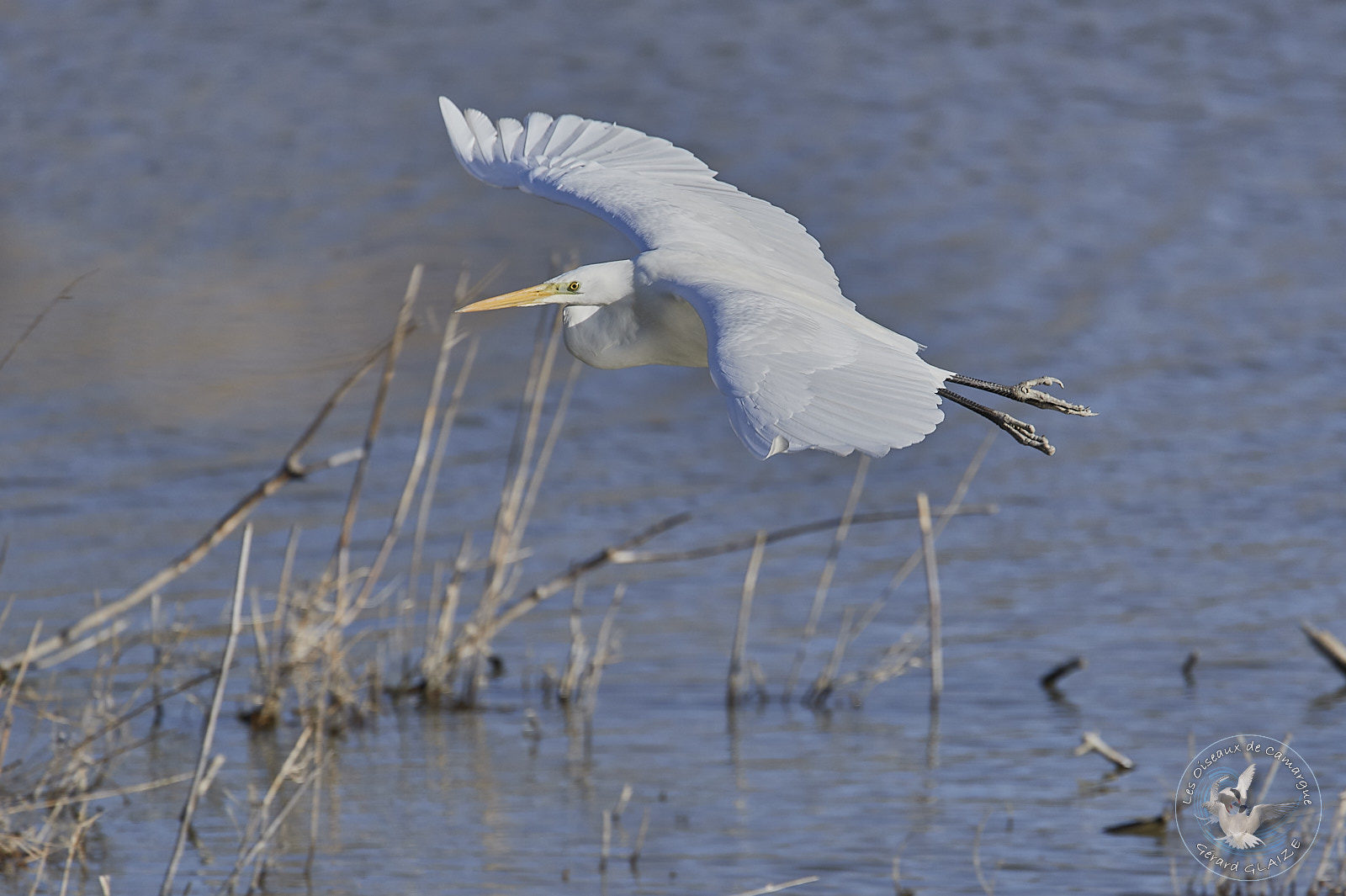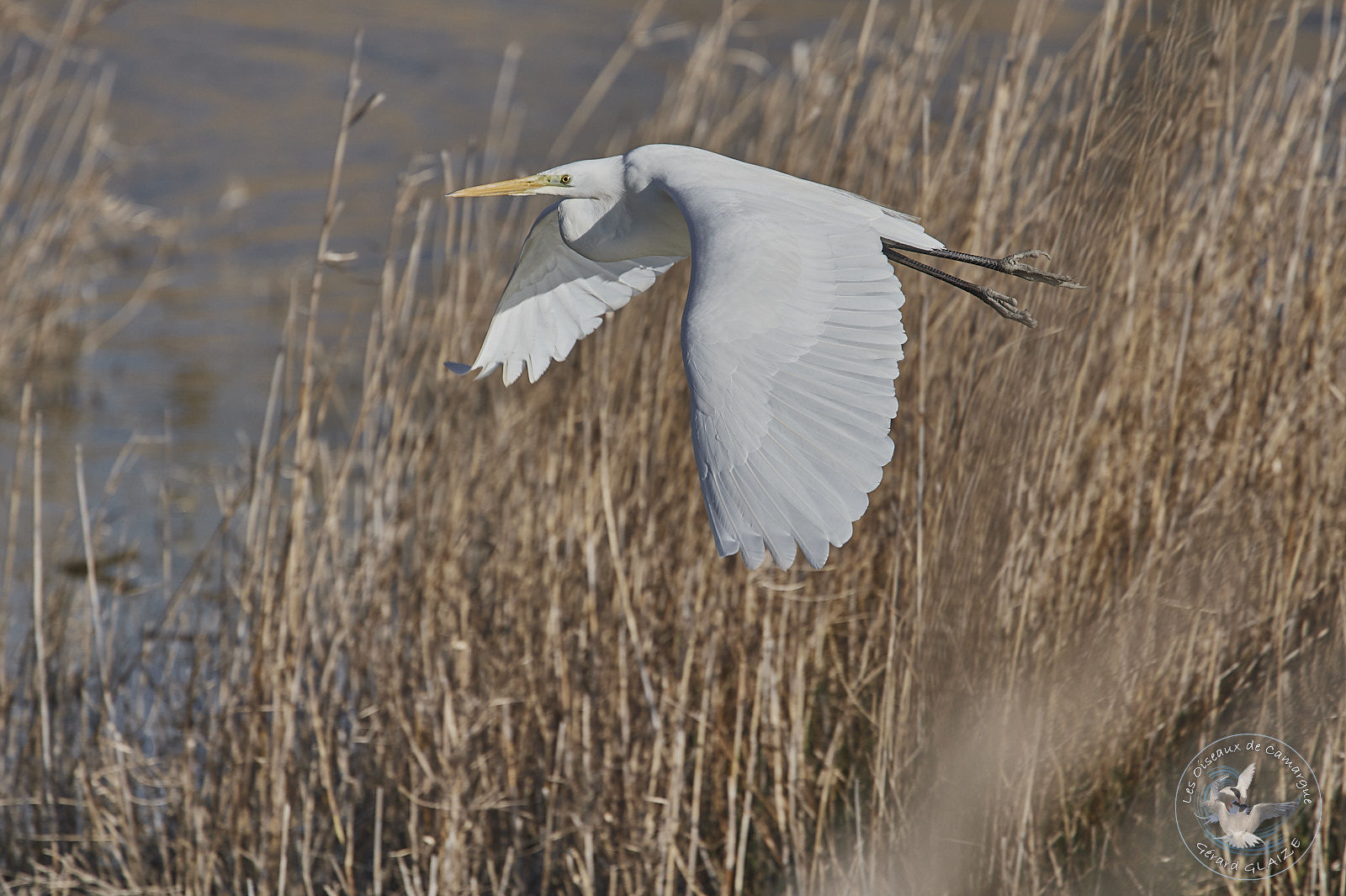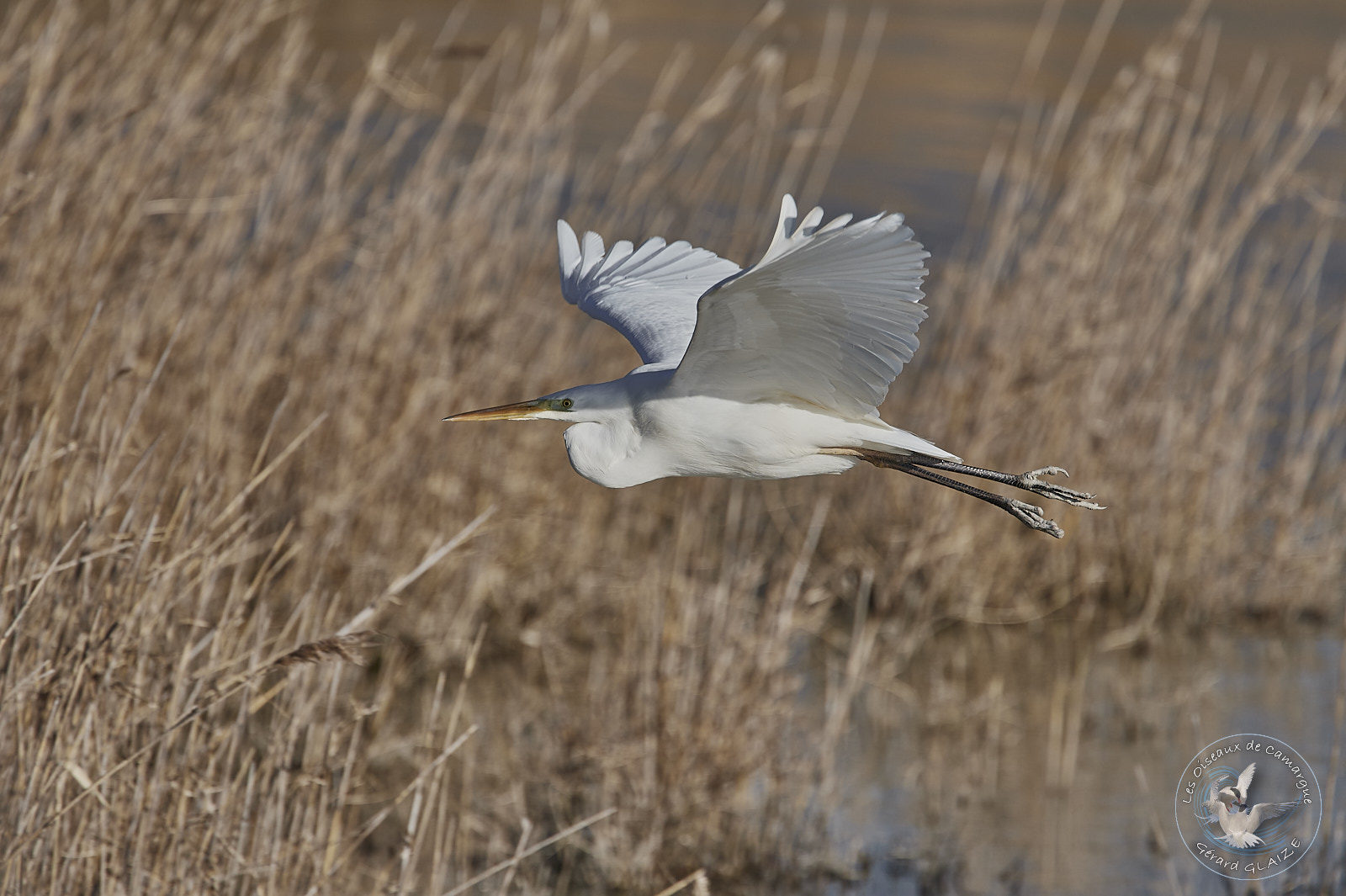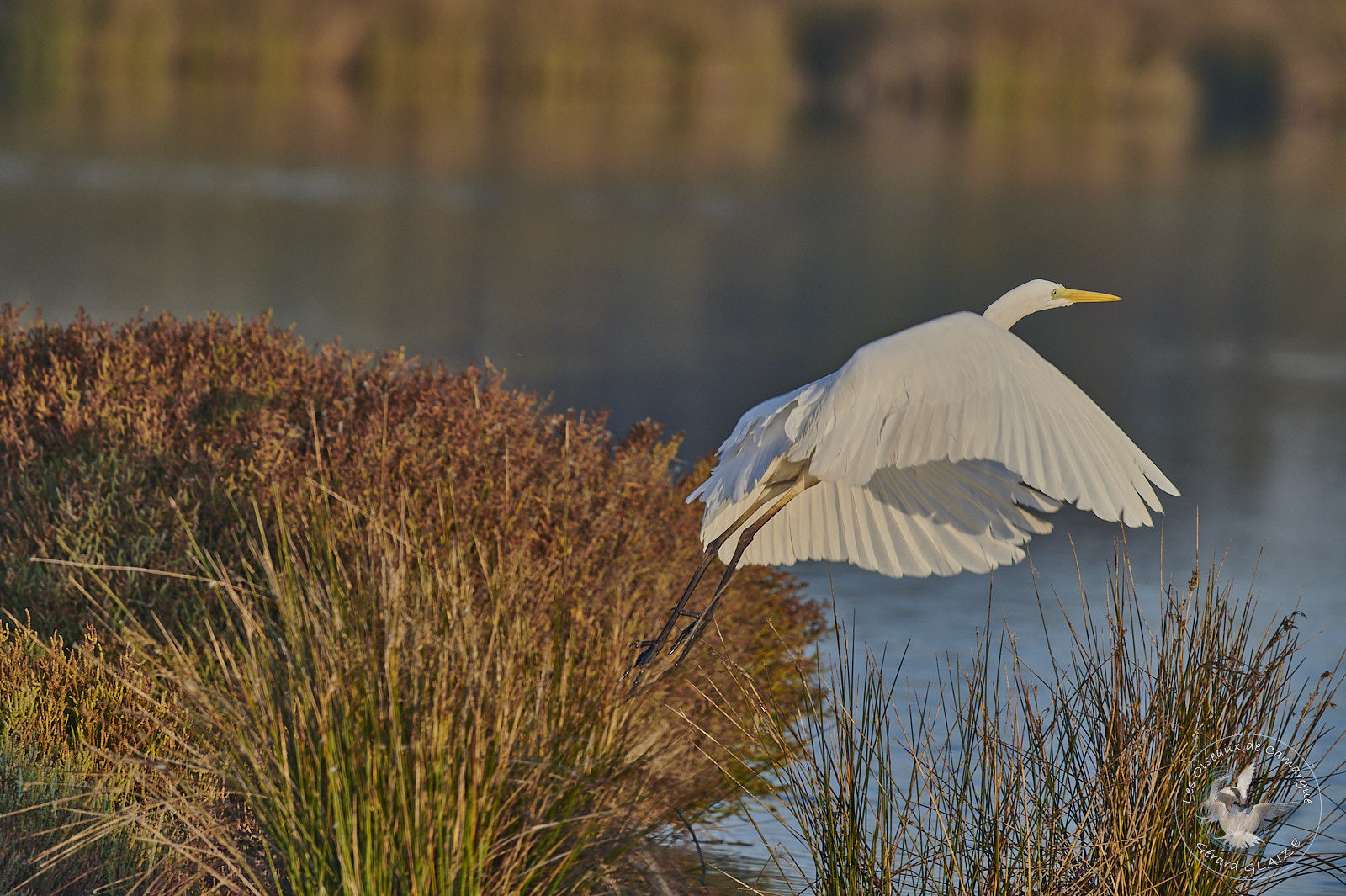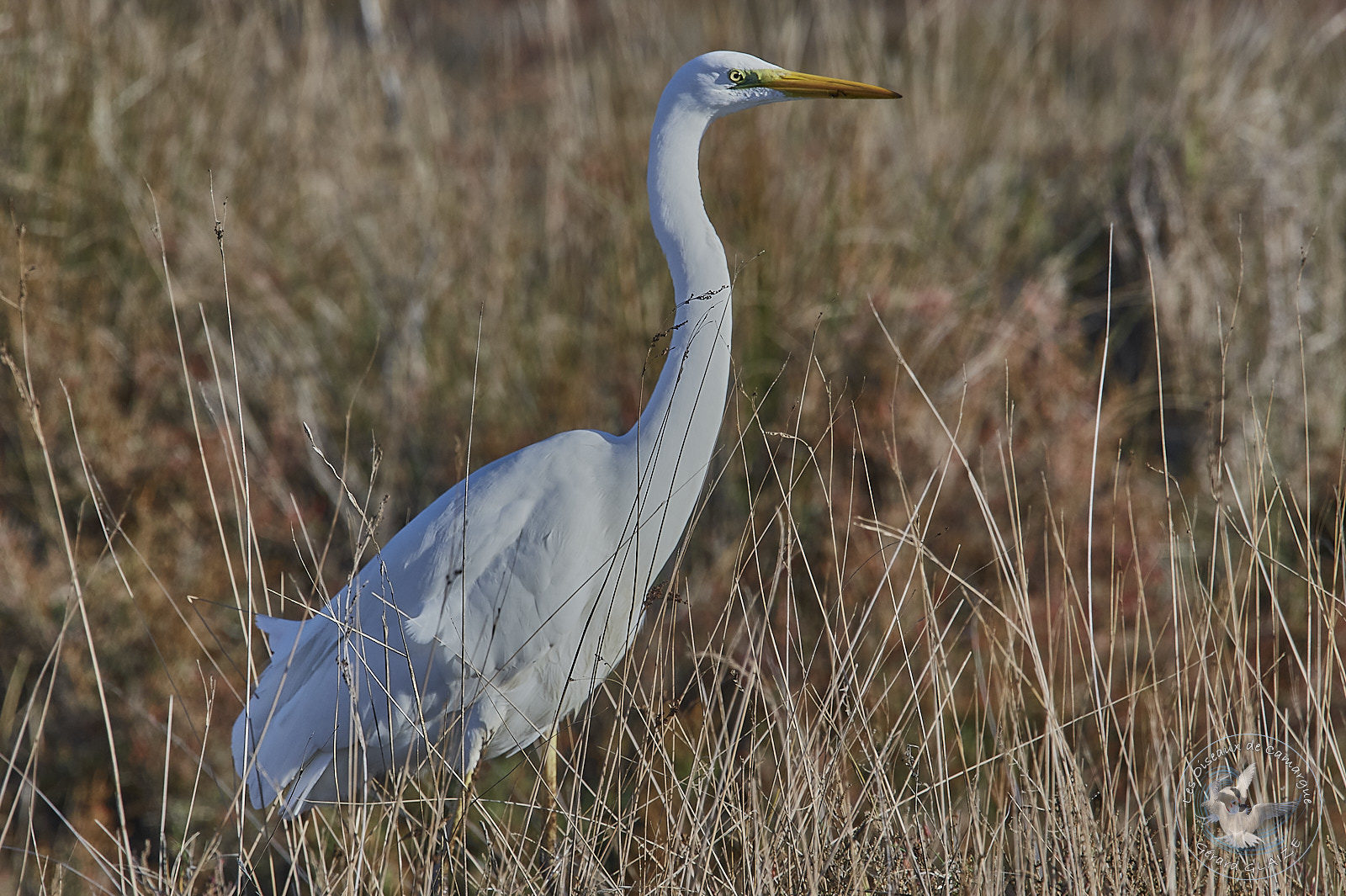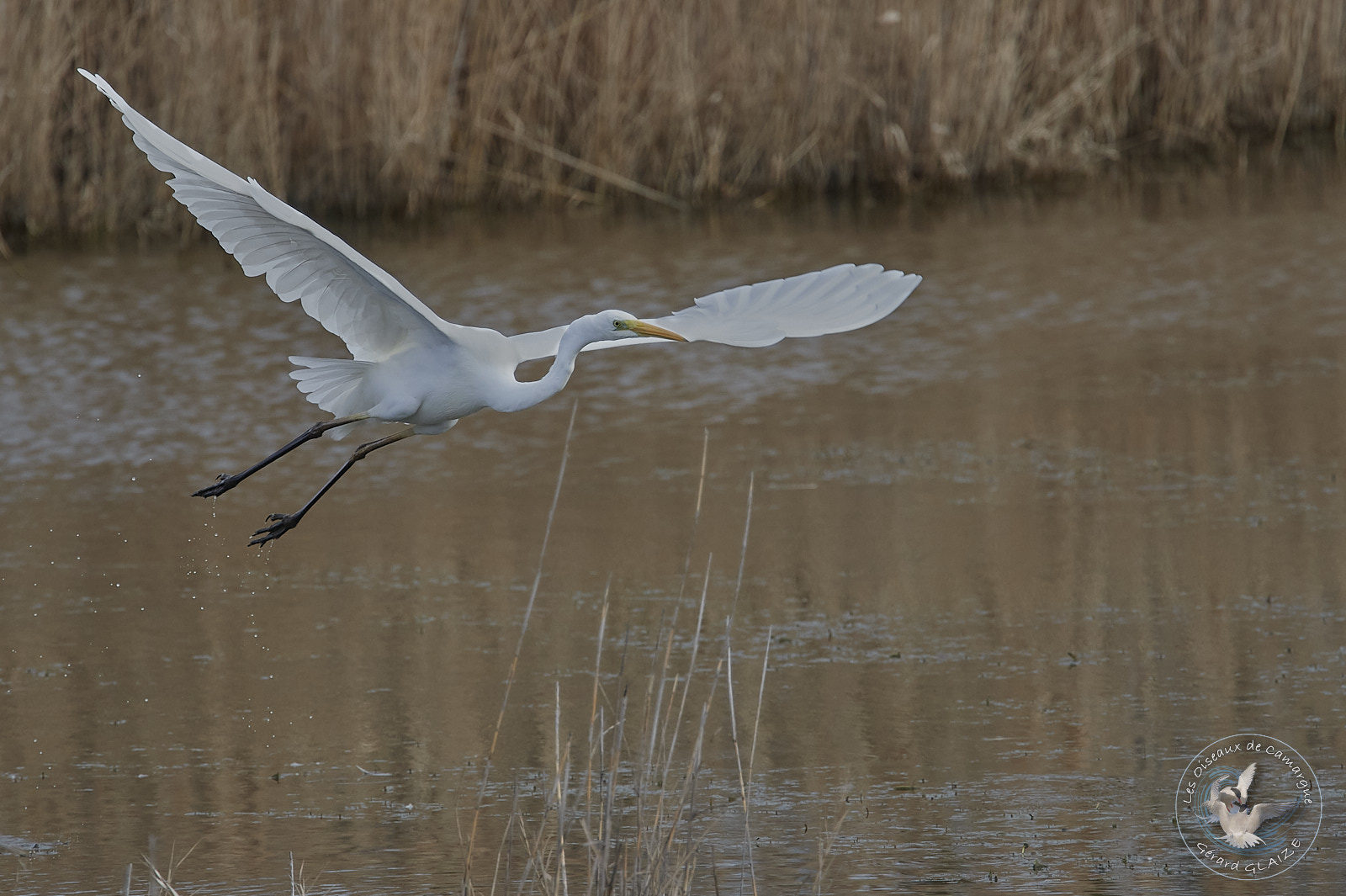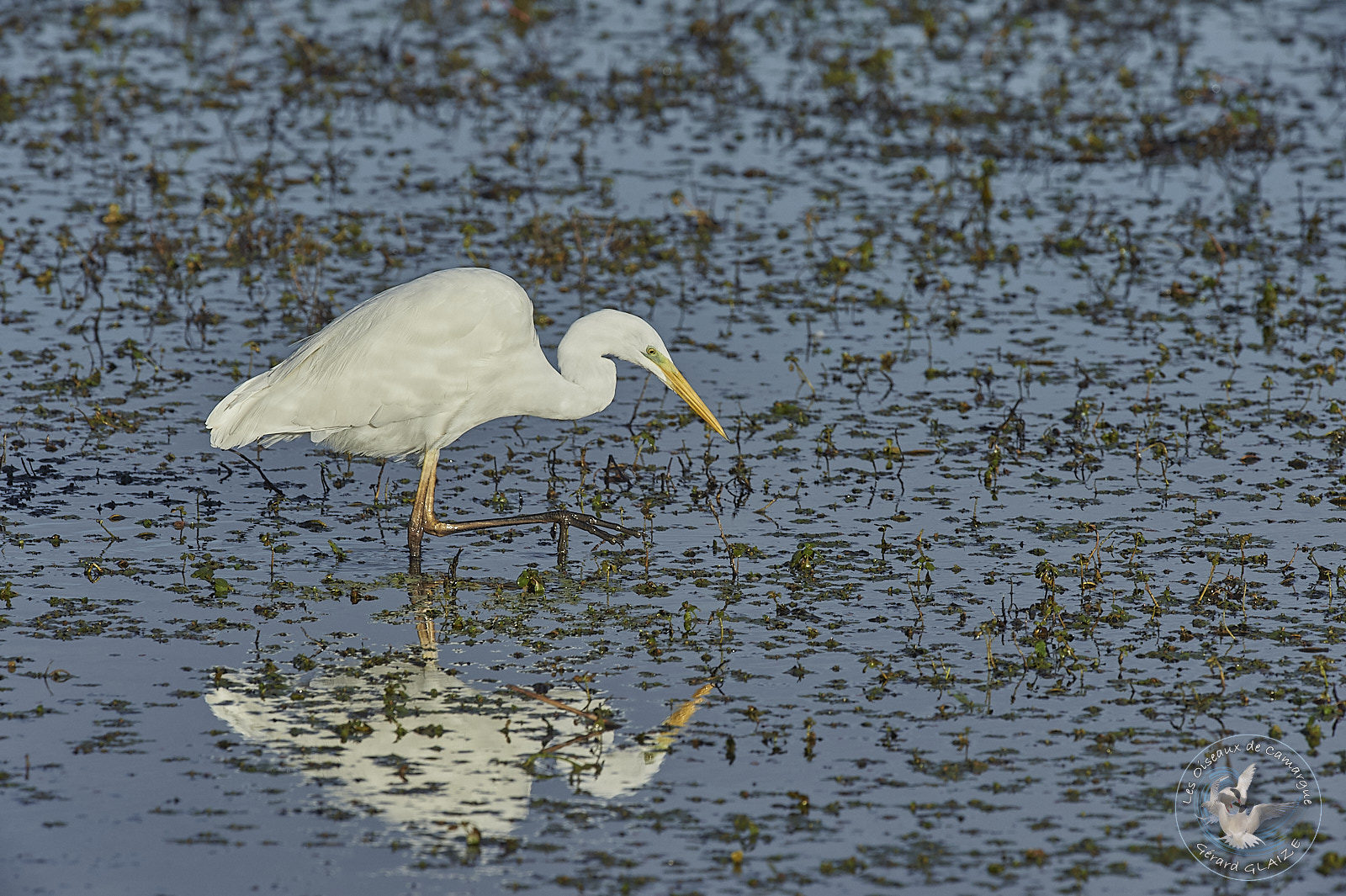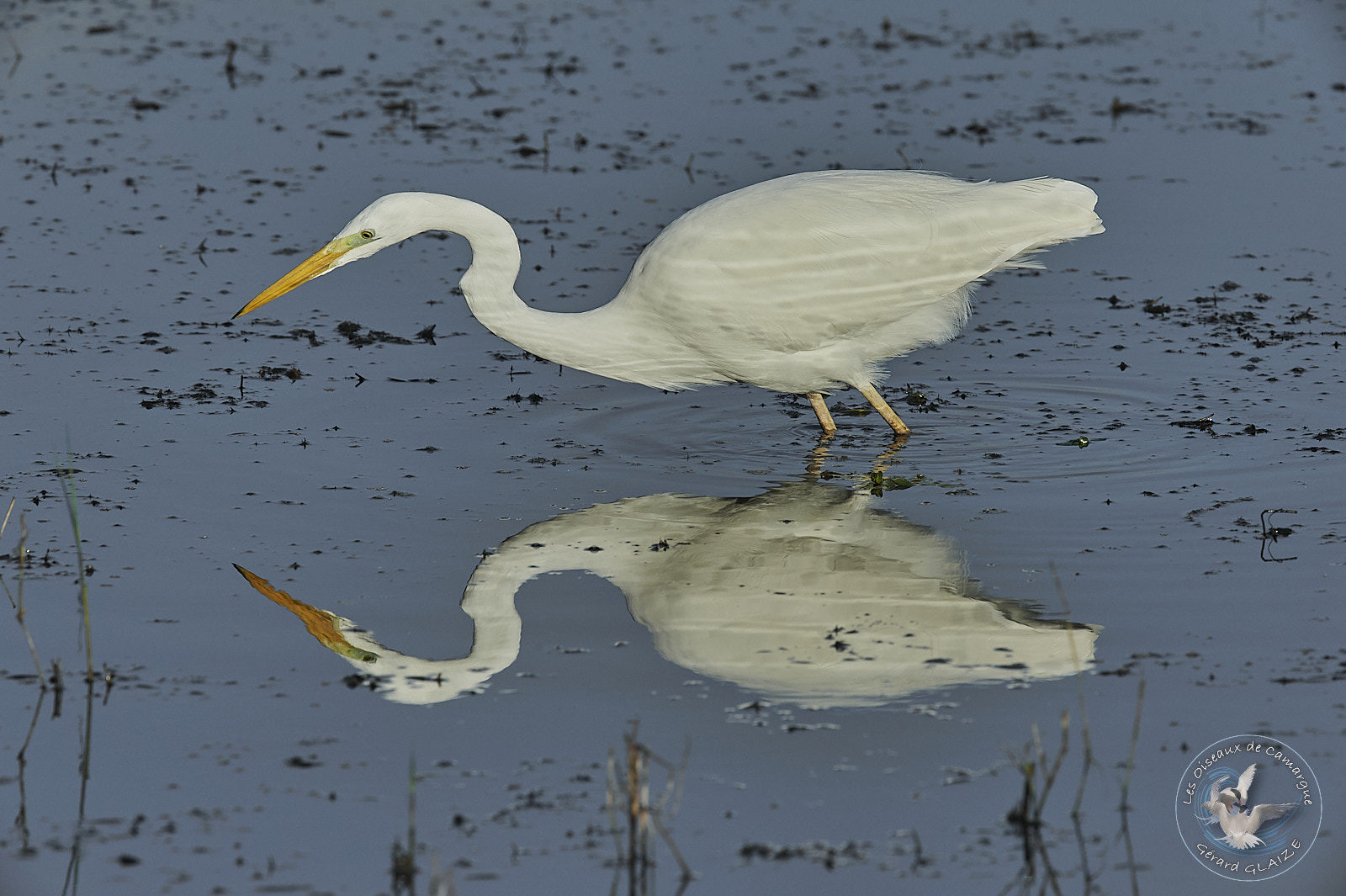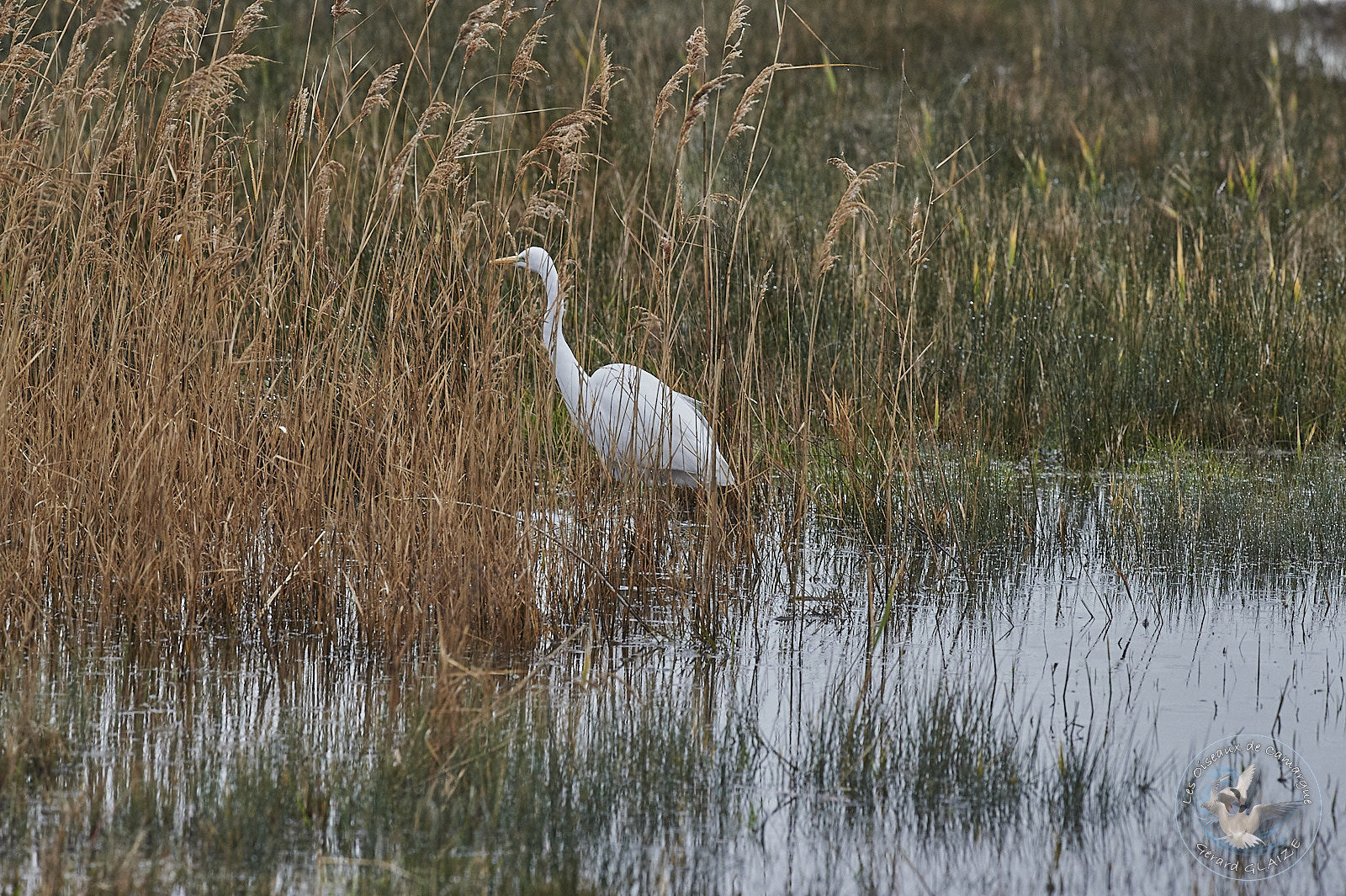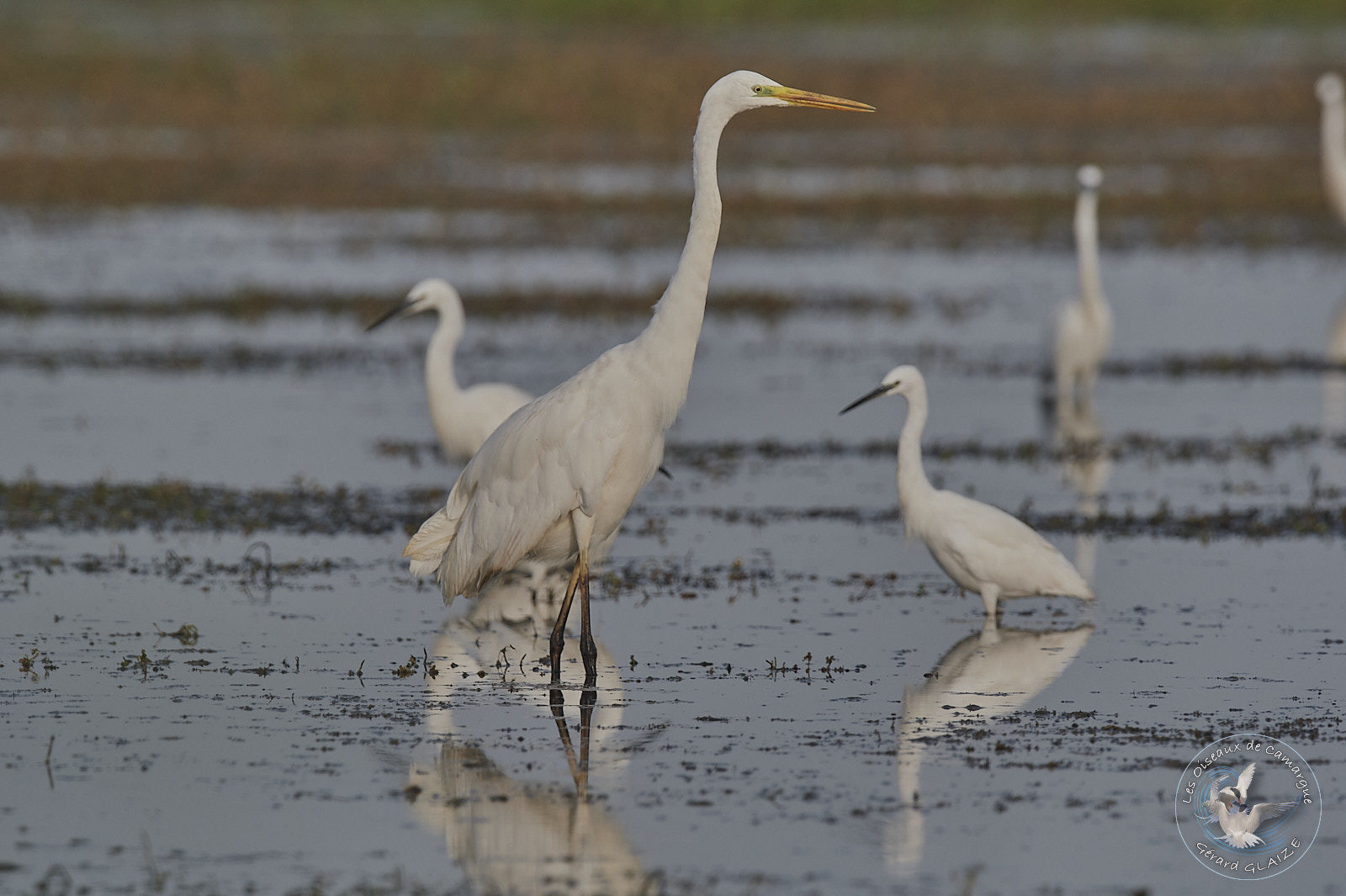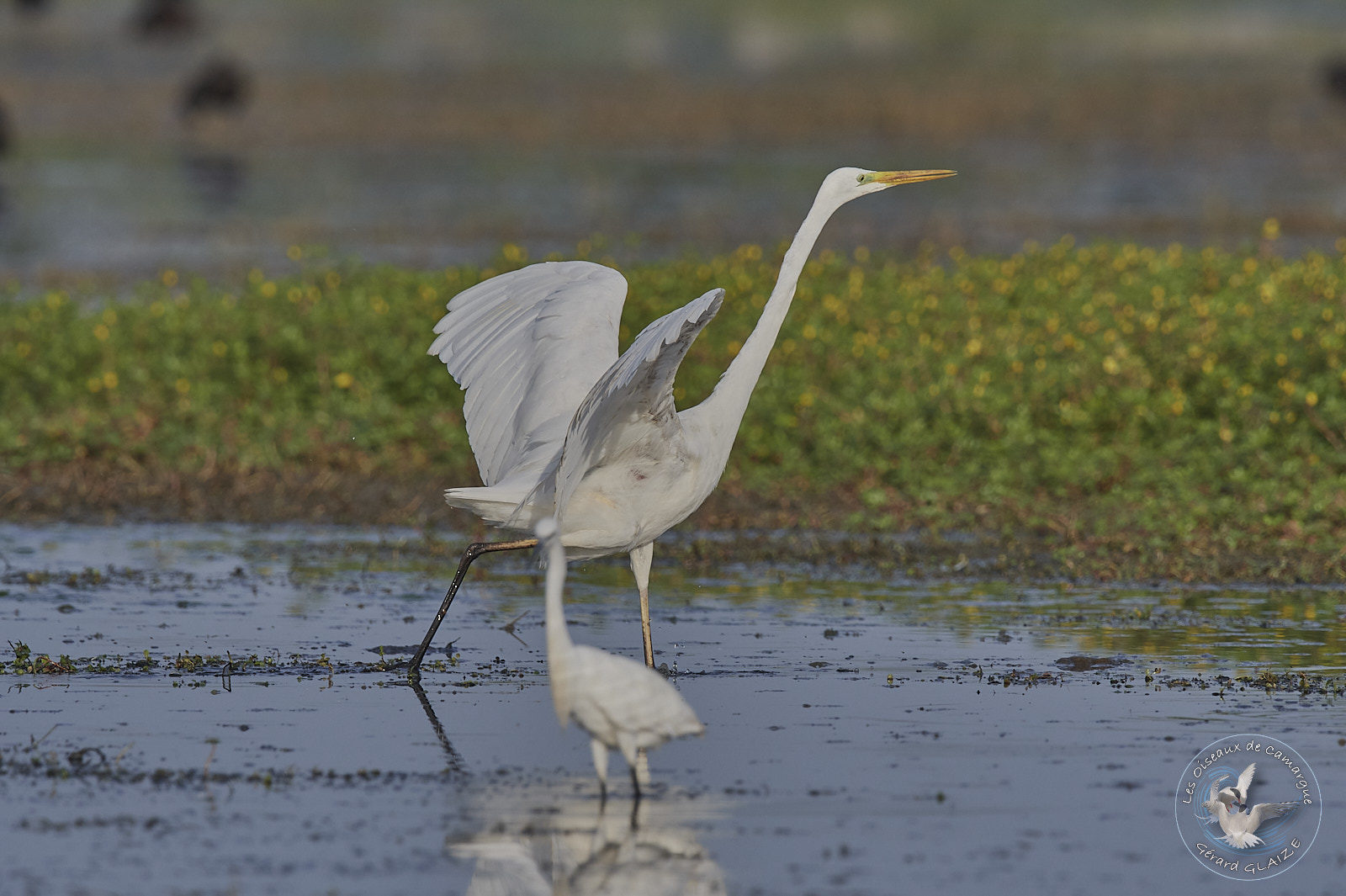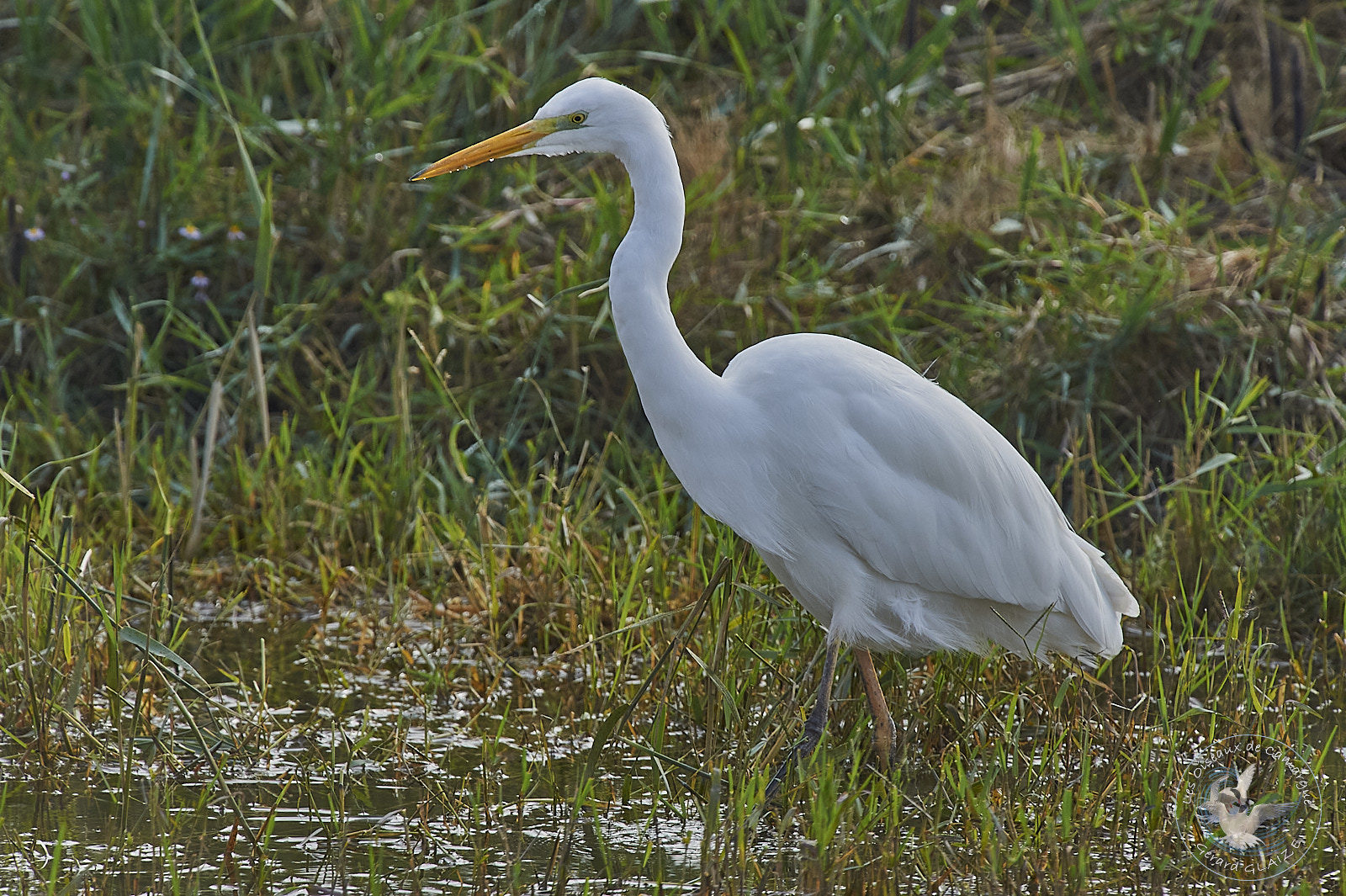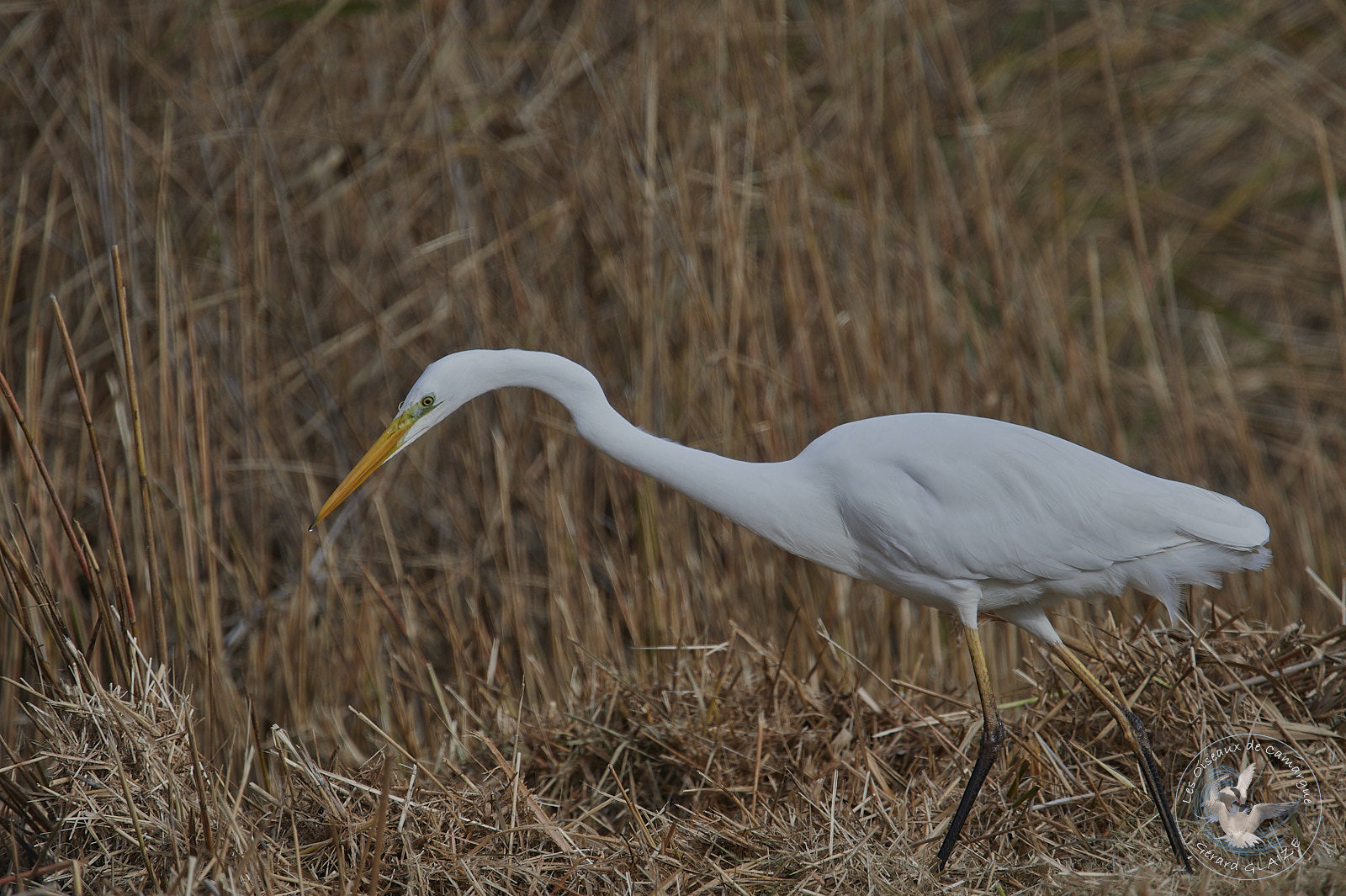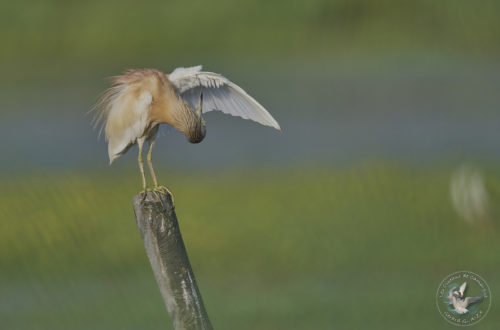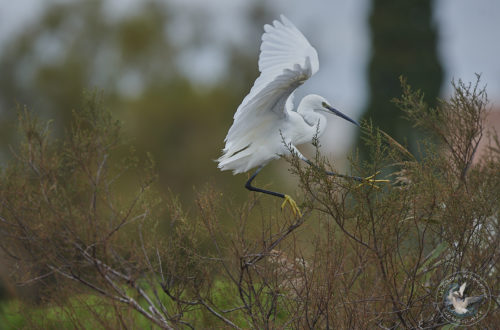Great Egret
The Great Egret is a wading bird living near freshwater. It is the largest of the herons and egrets present in Europe. This one almost disappeared, decimated by hunters who sold the long bridal feathers to decorate ladies’ hats from the end of the 19th century to the beginning of the 20th century. It was then the destruction of wetlands and pesticides that made its survival difficult.
Great Egret
Scientific name : Ardea alba
Family : Ardeidae
Length: from 85 cm to 100 cm – Wingspan: from 145 cm to 170 cm
Weight : from 700 gr to 1.500 gr
IUCN Conservation Status: LC
Flight
The long and wide wings of the Great Egret give it a majestic flight due to full and slow beats, more flexible than those of the Gray Heron. The flight is direct and sustained, with regular wing beats. She flies, her neck tucked into her shoulders, in an S-shape as when she is at rest, and she lands wings spread very gently and with great elegance.
Habitat
It enjoys forested wetlands and proximity to large bodies of fresh, brackish, salt water, rice paddies and mudflats.
Regime – Diet
Like all herons, the great egret feeds on insects, aquatic and terrestrial vertebrates, fish, small crustaceans and small mammals (mice, shrews, voles, young muskrats…) but also reptiles (snakes, slow worms). It remains motionless, or moves slowly, to capture passing prey. It hunts alone or in small groups in floodplains, at the edge of lakes and ponds.
Nesting
It nests in colonies in trees or reedbeds and mostly on coasts and low-lying wetlands. Breeding season begins in mid-April in the northern hemisphere. The beginning of the construction of the nest made of branch, often reeds and sometimes aquatic plants in a tree overhanging the water at a height of 6 to 12 m high, is part of the courtship display of the male. The Parade sees these birds erect their magnificent long back and neck feathers. She spreads these feathers like great fans. The female lays 4 to 5 smooth, pale blue eggs. Incubation lasts about 23 or 24 days, shared by both adults. The chicks are semi-precocial.
Migration
The Great Egret is partially migratory, it winters in particular in the Mediterranean region or in Africa.
Protection
The great egret benefits from total protection on French territory since the ministerial decree of April 17, 1981 relating to birds protected throughout the territory. It is thus listed in Annex I of the Birds Directive of the European Union. It is therefore prohibited to destroy, mutilate, capture or remove it, to intentionally disturb or naturalize it, as well as to destroy or remove eggs and nests and to destroy, alter or degrade their environment.
Cry
Great Egret produces a kind of “corr”, noisy and deep. The calls of alarm and defense of its territory are serious croakings. In the nest, the adults can also produce low-pitched sounds.
Other Links
- You can see the article from my site “Birds of Camargue” for more information on the Camargue and the Birds.



